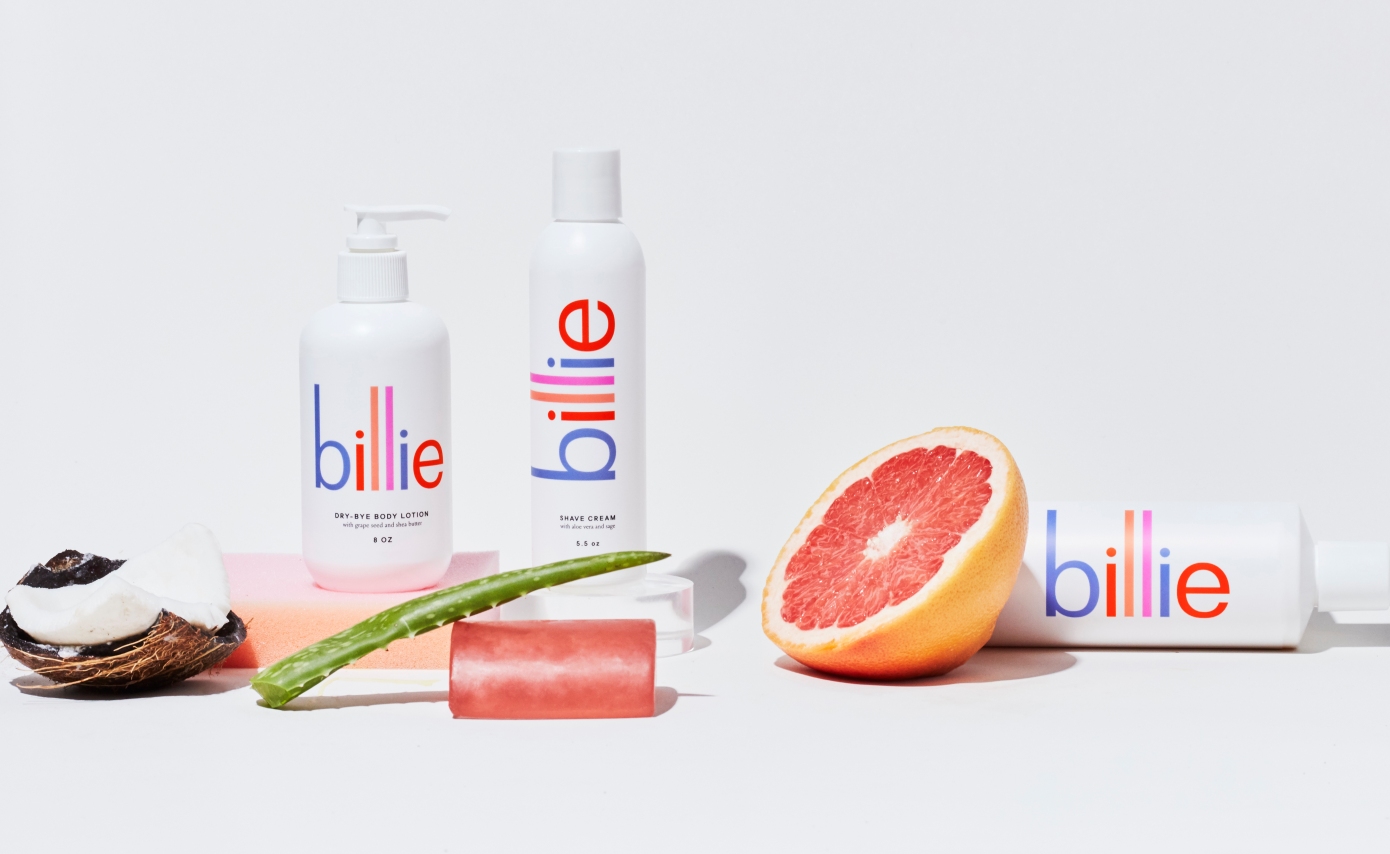A leading fitness equipment maker hits its stride with Alloy
The speed and flexibility of Alloy POS analytics enabled this consumer brand to make more timely decisions for new product success and inventory management.
View
Larra Haftevani, Director of Retail Partnerships @ Billie
The first several weeks are critical when launching into a new retailer. Best-selling shaving brand Billie understood that their first push into 4,500+ Walmart doors earlier this year could be a make-or-break moment for the brand, and they took a data-driven approach to retail performance.
As Billie’s Director of Retail Partnerships Larra Haftevani is leading the brand’s launch into new retail partners. Before Billie, Larra spent a year and a half at quip, where she grew retail distribution by 4x by identifying opportunities, structuring partnerships, and developing quip’s overall channel strategy.
In a recent webinar we sat down with Larra to understand how she thinks about structuring a new retail launch, the key metrics she watches at each stage, and how she maintains a nimble operation.
Alloy:
What are your most important considerations when launching into retail?
Haftevani:
There’s a lot to consider when you move into retail. I think some of the most important considerations are, one, why are you launching? Is it to increase distribution and better serve your customer. Are you going to be able to address them where they’re currently shopping?
Two, it’s going to be about choosing the absolute best launch partner that’s going to give you the most impactful launch.
Another one — I think that’s important is to think about timing and funding. So timing: Where are you on the trajectory of your business? Is this the right time for expansion? And then for funding: Is there capital available for inventory and for additional vendors you’re bringing on for marketing expenses?
And then the final piece is product assortment. So you look at everything that you’re selling, but what really makes sense and is going to resonate at retail? What are the unit economics? And what is truly going to be successful within these new distribution channels?
Alloy:
Both Billie and Quip started as direct-to-consumer businesses before launching into retail. What are some of the common obstacles that DTC businesses encounter when pushing into retail?
Haftevani:
I think the biggest obstacle coming from a traditional DTC business to a retail business is that you’re all of a sudden creating way more space between you and your customer. So in DTC, we get to speak directly to our customer — we serve them — we give them exactly what they want. They’re able to write into us and we can solve issues if they arise.
Whereas at retail, you’re speaking to your customer, but you’re speaking through the retailer. So it can get muffled, it can get noisy. It can get difficult. It’s a bit of a loss of control, and I think is one of the hardest obstacles to overcome.
And then, I think the other piece is about setting expectations internally. Retail is really nuanced and complicated and it’s important to expect the unexpected, and be prepared to deal with obstacles that you would’ve never thought would appear.
Alloy:
What are some of the key metrics you are watching in the early days of a new launch?
Haftevani:
The early days of launching is probably the most crucial time, because you’re setting products on shelf and your number one priority should be getting products on-shelf. And then once that launches, that’s where you’re really looking at dashboards to show your inventory, your on-hand, your on-order by SKU per-door, and really just honing in on the details to understand, did my products end up on-shelf?
Did the product set the way that it was supposed to set. It’s 4,600 doors. That’s very different than a dot-com business where you’re controlling so much of it.
And the reason for that is because if your product isn’t there then everything you’ve done, none of it will resonate with your customer. If that product is not available for your consumer, it doesn’t matter at the end. So product on-shelf is the number one thing to consider at launch.
Alloy:
At what point do you start looking at other metrics?
Haftevani:
I think inventory is one of the metrics that you never stop looking at.
Right now we’re looking at like six to eight weeks before sales normalize at these mass retailers. So you’re looking at it, but it’s not really reading correctly because you’re still ramping. But inventory, you should be looking at that every single week and making sure your weeks of supply is correct. You don’t want to be overstocked because that’s risky. You don’t want to be out of stock because that’s bad if you’re a business. So it’s really finding that perfect balance of enough inventory in stores, in your DCs. And then in your pipeline, so the on-hands are coming in correctly, as well.
"I’m definitely an Alloy champion. I think it's because I come from a traditionally retail background in fashion, and the reporting that we had access to was atrocious. I've seen how bad it can be, so I'm very grateful for having a tool like Alloy."
Alloy:
How has Alloy helped you with this?
Haftevani:
I’m definitely an Alloy champion. I think it’s because I come from a traditionally retail background in fashion, and the reporting that we had access to was atrocious. Compared to what we saw in Alloy, it’s a big, big difference.
I’ve seen how bad it can be, so I’m very grateful for having a tool like Alloy.
I think the two things that by far stand out to me are the simplicity of use, like how common sense the dashboards are. If I’m looking to do something, I can do it myself. And then the second piece of that is the customer service, having an account rep, and if I am building something and I’m stuck I send an email and ask, “How do I get this? I’m trying to show this, I need this for a deck. How do I show this point?” I think it’s awesome to have someone on the Alloy side to be able to build dashboards with me. And to continue to show us the new capabilities of storytelling.
I think what I found really helpful with Alloy, is it’s able to aggregate all the different retailer logins and pull that information in. In some of the retailers we were working with at Quip, we were getting Excel files. We weren’t even getting a real portal, but we were able to somehow find a way to put that into Alloy. And I think what I loved about that was I was able to look at the business across all the retailers and then really evaluate it.
I wasn’t having to pull it and putting it into Excel and having to run my math that way. I was able to really use Alloy as my go-to platform to understand the business.
Alloy:
Can you talk a little bit about the impact of having data from multiple retailers in the same space? Was that helpful? Were there specific things that you’d do with that information?
Haftevani:
Yes. Because I think that there’s trends across them. What is it — like two or three things are what creates the trend?
If I’m seeing sales lift on a single SKU at one retailer, that’s interesting. At two, my interest is even more piqued. But at three, I’m saying “this is a trend.”
So we start to understand why it happened. Was there marketing put against this? Were there ads run? Did an influencer talk about our product? What happened to have this lift across all retailers? Because the scale matters.
Looking at it that way was helpful to understand what was driving the business, the total brand business. Not the businesses of a retailer.
The speed and flexibility of Alloy POS analytics enabled this consumer brand to make more timely decisions for new product success and inventory management.
ViewThe global confectioner mitigates waste, improves service levels and controls costs by connecting digital supply chain visibility with POS analytics.
Keep readingHow to take an iterative approach to digital supply chain transformation with real-time alerts that motivate teams to collaborate on issue resolution
Keep reading